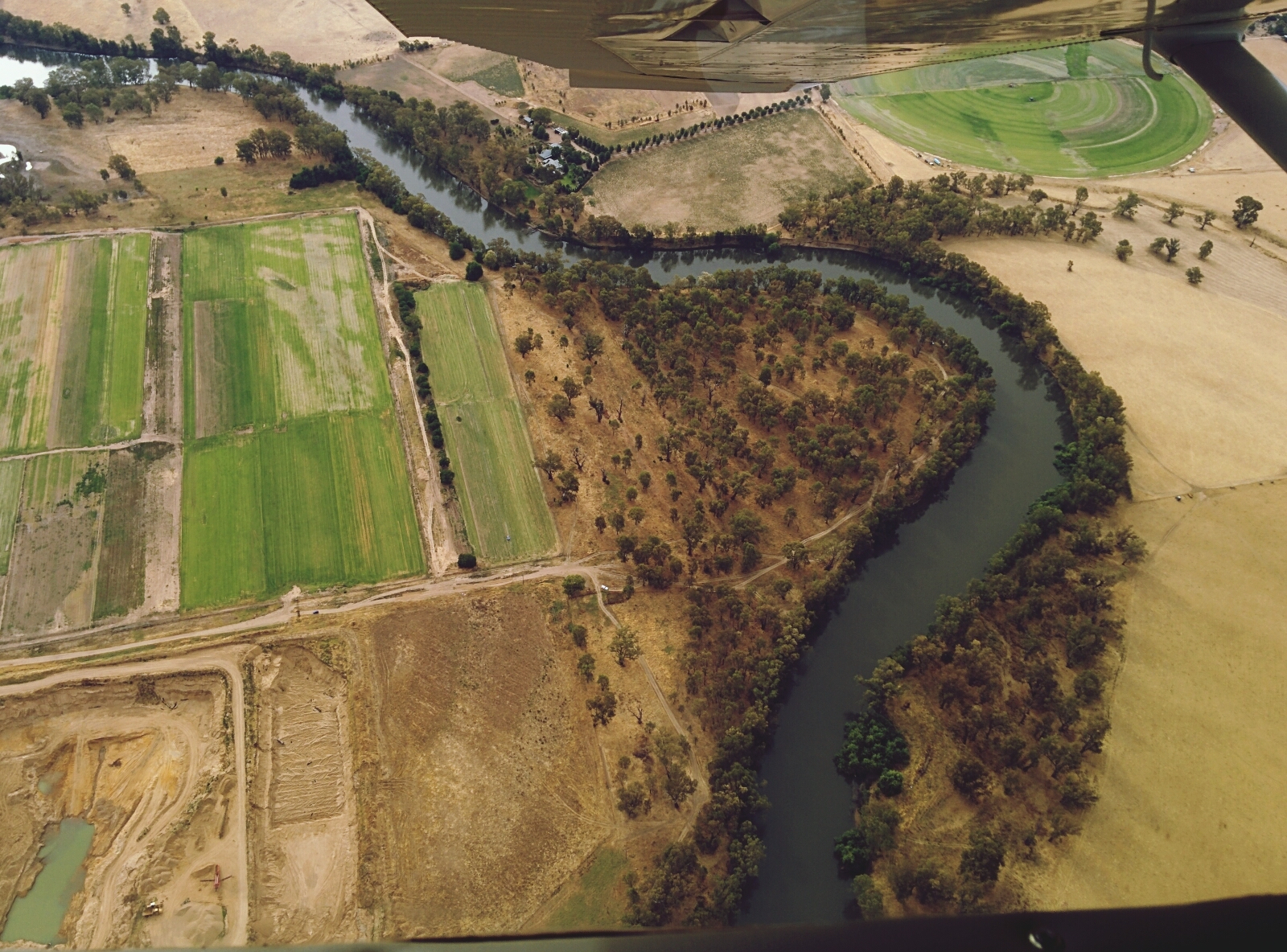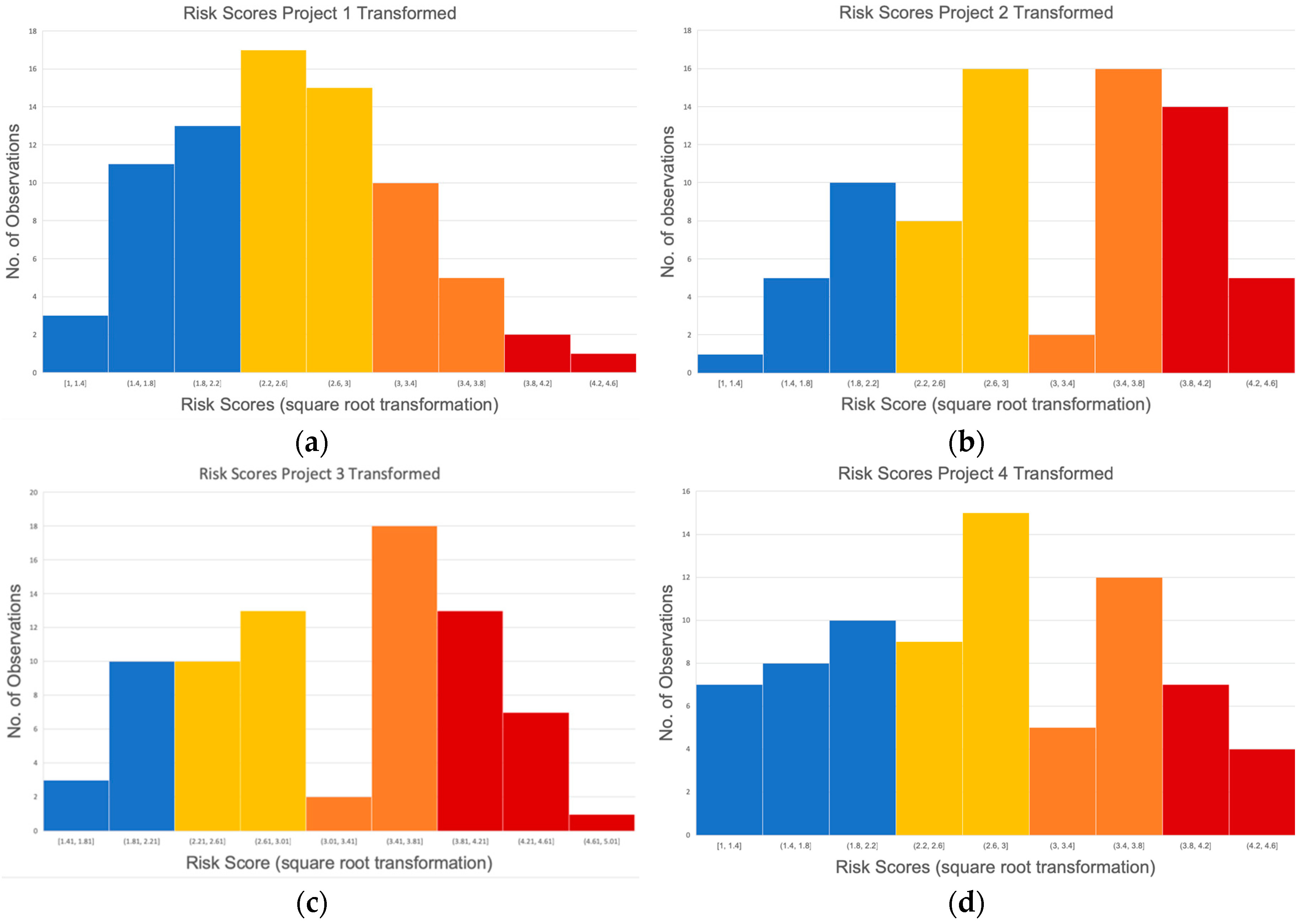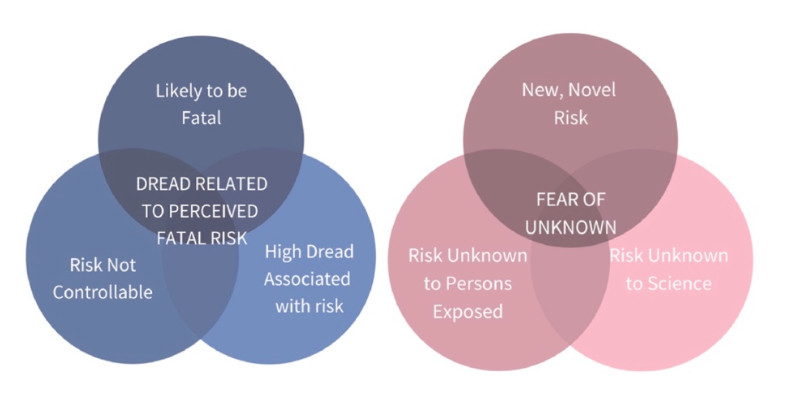
Environment
The global problem of thirsty cities

A new survey of water-planning experts shows they have vastly differing risk perceptions, which may reduce the chance of innovative practices being implemented
Published 29 May 2020
Water management is a contentious issue, both in Australia and internationally.
Concerns around its management include a decreasing drinkable water supply, increasing population and rising water bills.
Despite the dire prognosis for water resources, the threats posed to it by urbanisation and climate change, as well as the high price tag to adapt the water sector to these threats, water practitioners continue to maintain their traditional approaches to planning.

Alternative water projects that are not considered ‘business-as-usual’ are consistently not pursued. Water public sector experts are often touted as objective – above emotions – and therefore are afforded the power to make decisions needed on behalf of many.
So, we asked - are water experts really as objective as they claim?

Environment
The global problem of thirsty cities
The majority of experts within the water sector have a background in engineering, with sound technical knowledge underpinning their experience.
But as we found in our research, there exists biases in experience, values and psychological make-ups, and risk perceptions are arguably the driving force behind decision-making.
Much research has shown that these often unconscious mental assessments direct people towards certain behaviours and actions.
To assess this in water planning, we measured the risk perceptions of 77 water experts in Melbourne, to see whether the way that they see risk is similar to one another.
We gave each of the water experts seven projects to assess, some run-of-the-mill and others new and unusual, and we asked them to use the risk assessment frameworks their organisations employed to rate each project.

What may not be surprising is that these experts exhibited vastly differing perceptions of the risks associated with each project.
One person rated the same project, with the same information and the same risk assessment framework as having ‘minor’ risk while another rated it as having an ‘extreme’ risk.

Environment
Managing the hidden water beneath our feet
Why is this important?
Well, as experts, water practitioners are touted as objective decision-makers devoid of the biases that sway a layperson.
These ‘risk scores’ play a key role in the allocation of funding, and if they vary significantly from expert to expert, then this becomes a very subjective problem in public funding.
Noting these highly varied scores, we wanted to explore what psychological and personal biases each person may bring to the table.
Investigating this using psychometric testing, we found two significant factors:
Dread related to perceived fatal risk
Fear of the unknown
We found that water experts take the information provided, and first adopt quick decision-making practices – like linking to either their own experience or any news that they have seen on this project or action.

This results in imagined scenarios where they come up with risk consequences of projects. But each person’s imagined scenarios are different.
Our study has indicated that if they imagine the risk to be fatal, and that it carries a feeling of dread, their risk assessment score will be more severe.

Environment
Building cities for a changing climate
If they have never dealt with the project before, and have no experience of it, they will also rank the risk as higher, purely because it is unknown – leading to tried-and-true options are pursued over more novel solutions.
An example of this could be dismissing new nanotechnology in favour of older water treatment technologies for water filtration.
In short, feelings of dread are playing a role in how projects are being evaluated for progression and funding in the water sector.
The other factor, ‘fear of the unknown’ was also a significant factor in a rise in risk scores, and goes some way to supporting the position that the water sector is slow to take on innovative projects and methods.
These biases are crucial to understand, as they may be driving up risk scores and , as a result, affecting the allocation of funding. Public sector workers are notoriously risk averse, and funding will often not be directed toward projects that are deemed too ‘high risk’.
The impact of a perceived sense of dread (resulting in higher risk scores) carries negative implications for the future of water planning; many expert assessments may result in higher risk ratings and so, will not be pursued.

In addition, because many unfamiliar or new projects induce ‘fear of the unknown’ and are subsequently deemed ‘high risk’, the chance of implementing innovative practices is drastically reduced.
These water experts play an extremely important role in our cities, and it’s especially important to acknowledge that they are first and foremost people, with their own biases to unpack.
It helps to acknowledge that these feelings are valid, and people should have differing views as this informs our day-to-day decisions.
These experts are still the most qualified to make these decisions. But every now and then, it’s also important for them to take a step back and understand risk aversion for what it is. And that it may be personal.
Banner: Getty Images